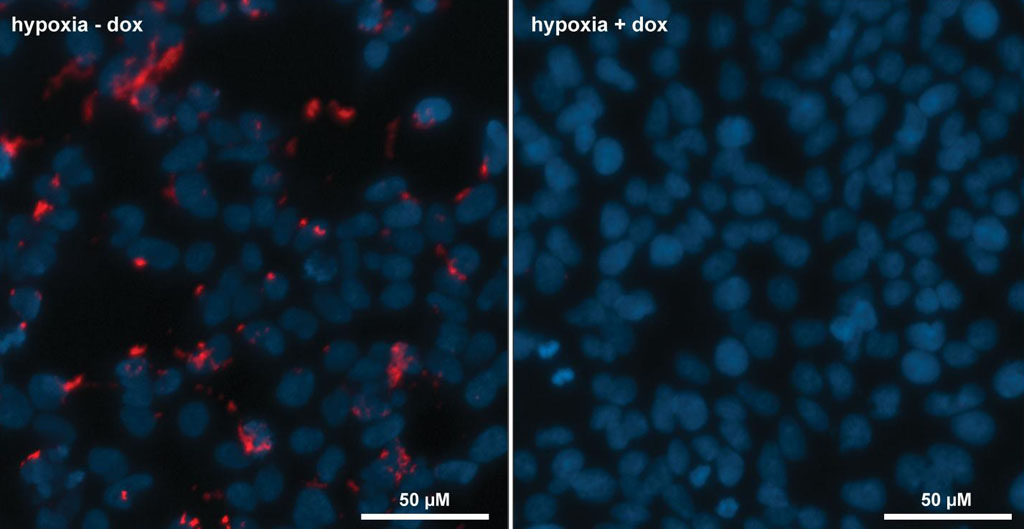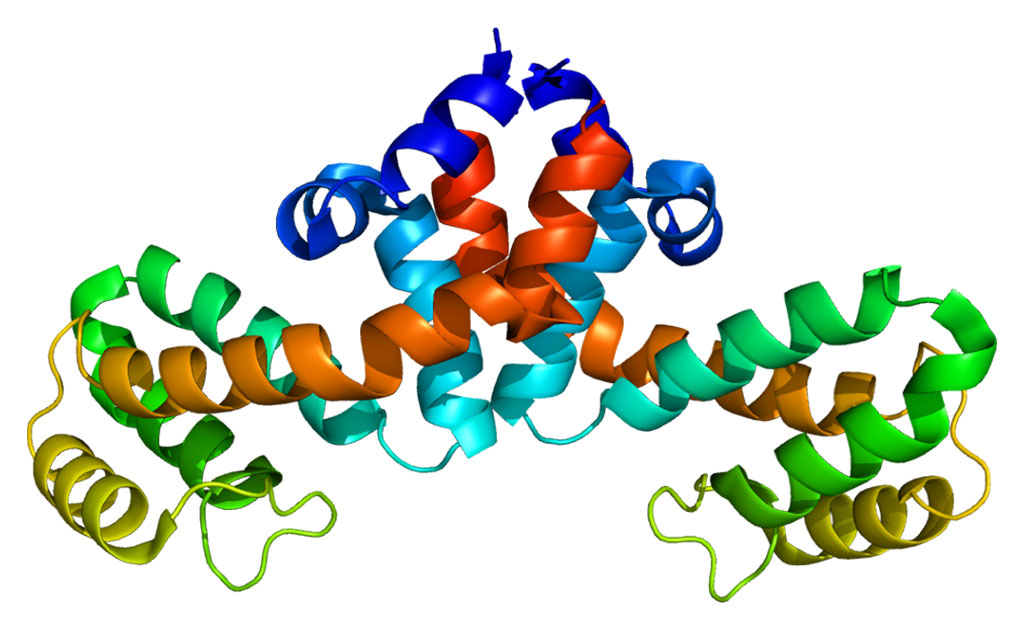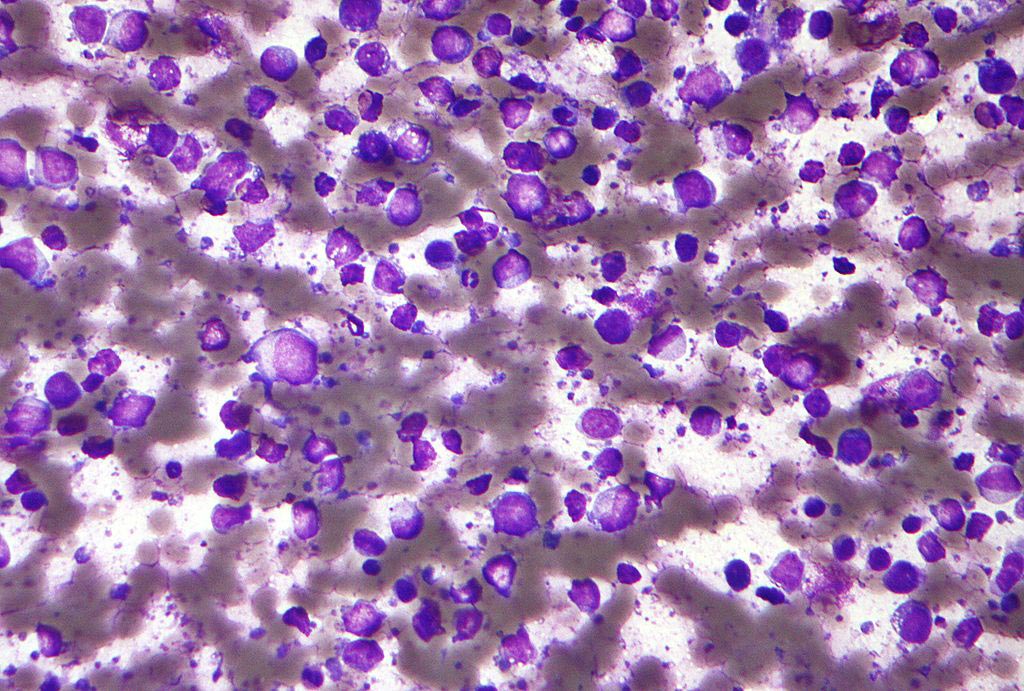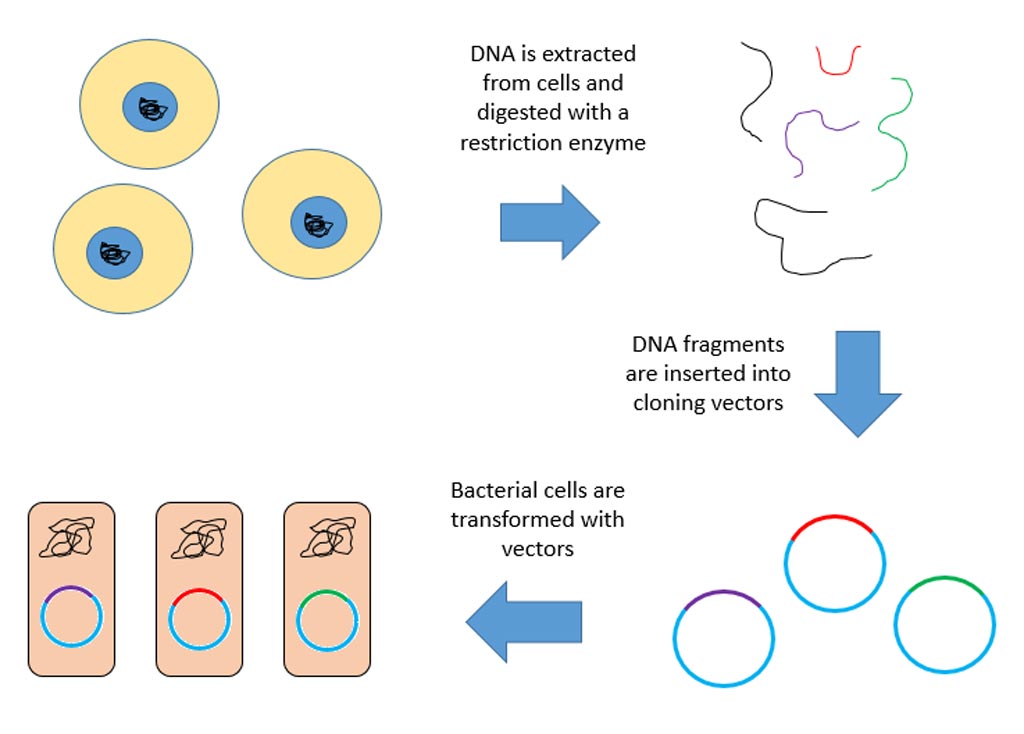Gene Therapy Prevents Cancer Cells from Surviving in Hypoxic Environment
By Gerald M. Slutzky, PhD
Posted on 08 Dec 2016
Gene therapy techniques were used to insert a peptide into cultures of human cancer cells that blocked their ability to use the enzyme Hypoxia-inducible factor-1, a heterodimeric transcription factor that enables cell survival under low oxygen conditions by altering the transcription of over 300 genes.Posted on 08 Dec 2016
Hypoxia inducible factor-1 (HIF-1) is a heterodimeric transcription factor that acts as the master regulator of cellular response to reduced oxygen levels, thus playing a key role in the adaptation, survival, and progression of tumors. There is significant evidence that inhibition of HIF-1 would be beneficial for cancer therapy, since tumor cells must thrive in a microenvironment characterized by lack of oxygen. In previous work, investigators at the University of Southampton (United Kingdom) discovered a cyclic hexapeptide (cyclo-CLLFVY) that inhibited the HIF-1alpha/HIF-1beta protein–protein interaction in vitro and prevented HIF-1-mediated hypoxia-response signaling in cells. This cyclic peptide was identified by screening a library that contained more than 3.2 million compounds.

Image: Photomicrographs of the engineered cells (nuclei in blue) with HIF-1 visualized (in red). In the left hand panel, cells are in hypoxia but no doxycycline is present, therefore HIF-1 remains active (red dots). In the right hand panel, the cells are grown in hypoxia and in the presence of doxycycline, therefore the cyclic peptide inhibitor is produced and HIF-1 is inhibited, as demonstrated by the absence of the red dots (Photo courtesy of the University of Southampton).
With a view to demonstrating the potential for encoding the production of a therapeutic agent in response to a disease marker, the investigators engineered human cells with an additional chromosomal control circuit that conditionally encoded the production of the cyclic peptide HIF-1 inhibitor. They then demonstrated the conditional production of the HIF-1 inhibitor in response to hypoxia, and its inhibitory effect on HIF-1 dimerization and downstream hypoxia-response signaling.
Results published in the November 23, 2016, online edition of the journal ACS Synthetic Biology revealed that the engineered cells demonstrated the synthetic lethality of inhibiting HIF-1 dimerization and glycolysis in hypoxic cells. This approach not only eliminated the need for the chemical synthesis and targeted delivery of the HIF-1 inhibitor to cells; it also demonstrated the wider possibility that the production machinery of other bioactive compounds may be incorporated onto the chromosome of human cells.
Senior author Dr. Ali Tavassoli, professor of chemical biology at the University of Southampton, said, "We have been able to show that the engineered cells produce the HIF-1 inhibitor, and this molecule goes on to inhibit HIF-1 function in cells, limiting the ability of these cells to survive and grow in a nutrient-limited environment as expected. In a wider sense, we have given these engineered cells the ability to fight back - to stop a key protein from functioning in cancer cells. This opens up the possibility for the production and use of sentinel circuits, which produce other bioactive compounds in response to environmental or cellular changes, to target a range of diseases including cancer."
"Dr. Tavassoli said, "The main application for this work is that it eliminates the need for the synthesis of our inhibitor, so that biologists conducting research into HIF function can easily access our molecule and hopefully discover more about the role of HIF-1 in cancer. This will also let us understand whether inhibiting HIF-1 function alone is enough to block cancer growth in relevant models. Another interesting aspect to the work is that it demonstrates the possibility of adding new machinery to human cells to enable them to make therapeutic agents in response to disease signals."
Related Links:
University of Southampton













